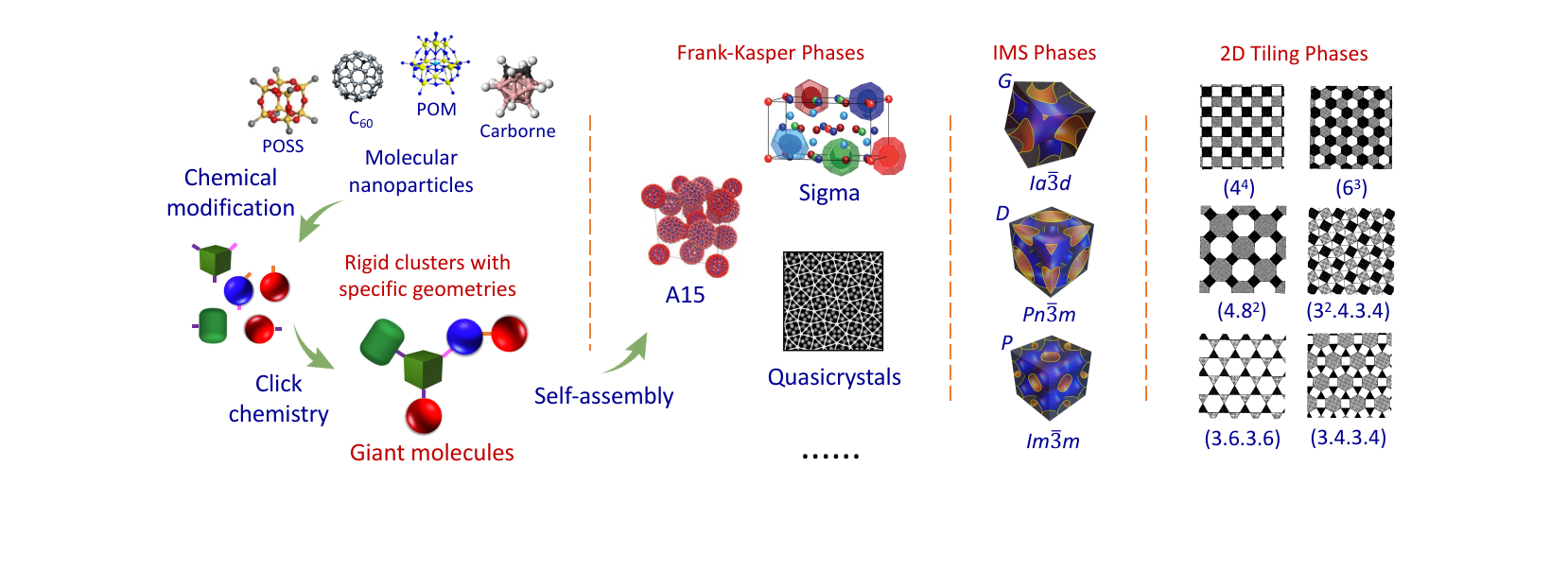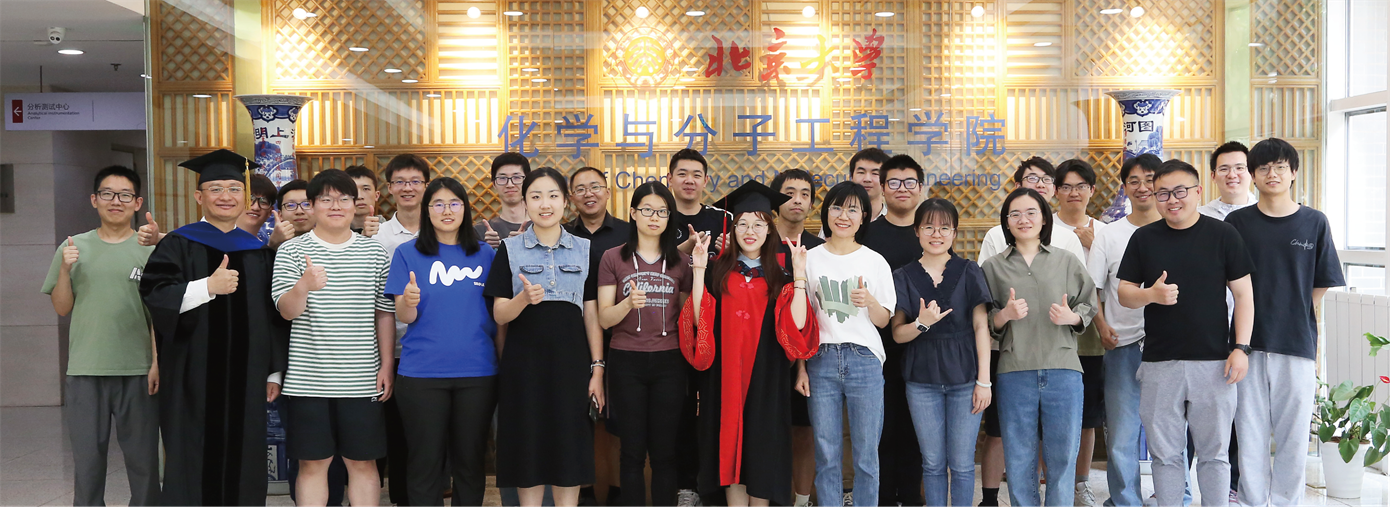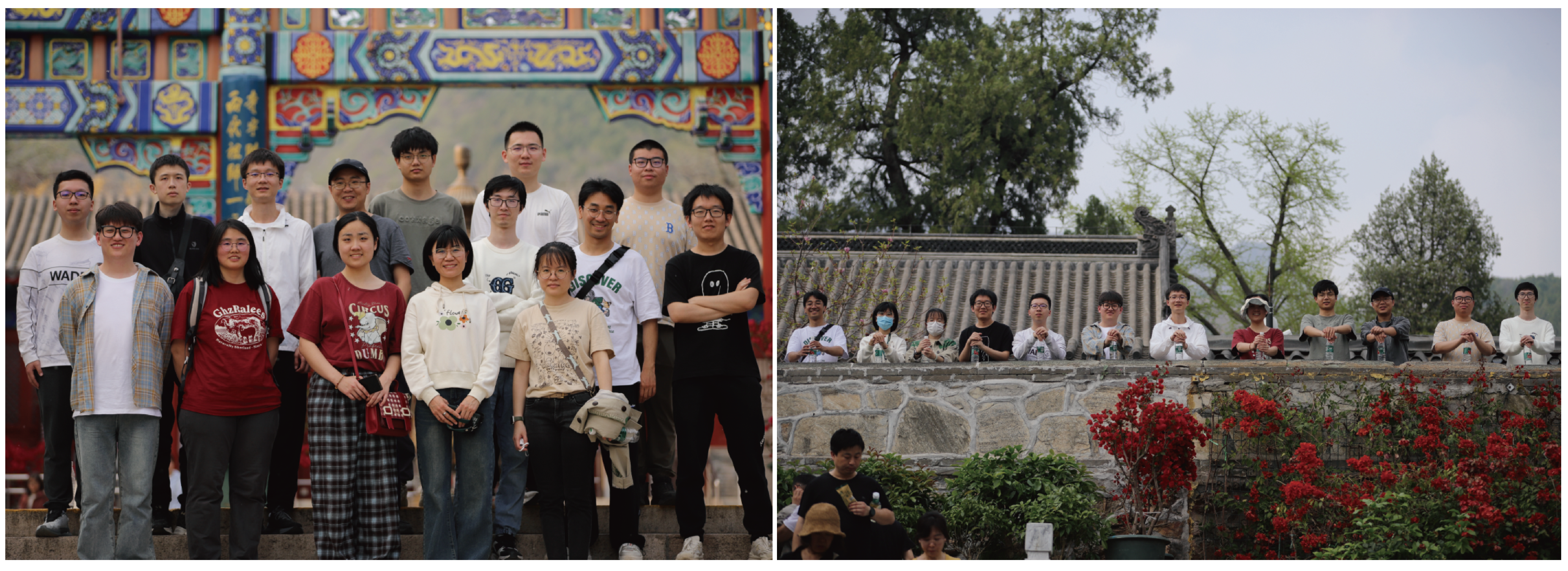Quotes
----------------------------------------------
-----------------------------------------------
在科学上没有平坦的大道,只有那些不畏艰险沿着陡峭山路攀登的人,才有希望达到光辉的顶点。
----马克思
-----------------------------------------------
Research Projects
Collaborations
------------------------------------------
请有兴趣的研究组联系我们。欢迎任何形式的合作,尤其是在自组装、水凝胶以及生物医药等方向的合作。
------------------------------------------
请有兴趣的研究组联系我们。欢迎任何形式的合作,尤其是在自组装、水凝胶以及生物医药等方向的合作。
------------------------------------------
Publications
20. Improved Synthesis of Fullerynes by Fisher Esterification for Modular and Efficient Construction of Fullerene Polymers with High Fullerene Functionality. Polymer 2011, 52, 4221-4226
Posted on:2016-04-26
Zhang, W.-B.; He, J.; Dong, X.; Wang, C.-L.; Li, H.; Teng, F.; Li, X.; Wesdemiotis, C.; Quirk, R. P.;* Cheng, S. Z. D.* Improved Synthesis of Fullerynes by Fisher Esterification for Modular and Efficient Construction of Fullerene Polymers with High Fullerene Functionality. Polymer 2011, 52, 4221-4226. [Link] [PDF]

Abstract
For the first time, the scope of Fisher esterification has been extended to fullerene derivatives to improve the synthesis of alkyne-functionalized fullerenes (fullerynes) using 1-chloronaphthalene as a solvent and a specially-designed, home-made reactor to promote high yield. The design allows for higher solubility of fullerene derivatives and a continuous azeotropic distillation for the removal of water to drive the reaction to completion with yields >90%. Both fullerynes (Fulleryne01 and Fulleryne02) were found to “click” to polymers, such as azide-functionalized poly(ɛ-caprolactone) (PCL-N3), in high efficiency without the need for fractionation. As evidenced by 1H NMR, 13C NMR, size exclusion chromatography, and matrix assisted laser desorption ionization time-of-flight (MALDI-TOF) mass spectrometry, the fullerene polymers thus obtained possess well-defined structure, narrow polydispersity (∼1.01 by MALDI-TOF mass spectrometry; ∼1.03 by size exclusion chromatography), and high fullerene functionality (∼100%). They can serve as model compounds for the investigations of polymer structures and dynamics.






